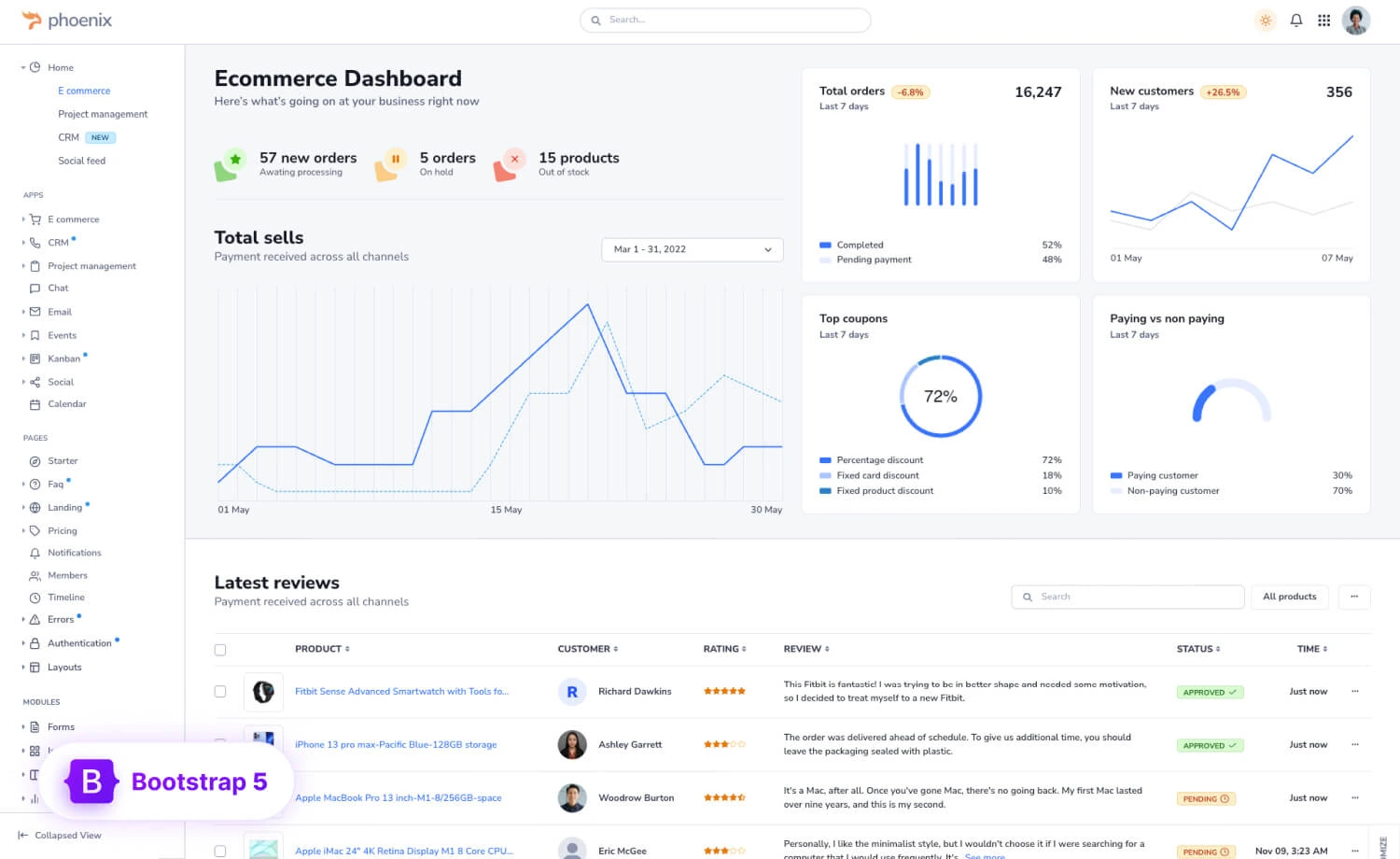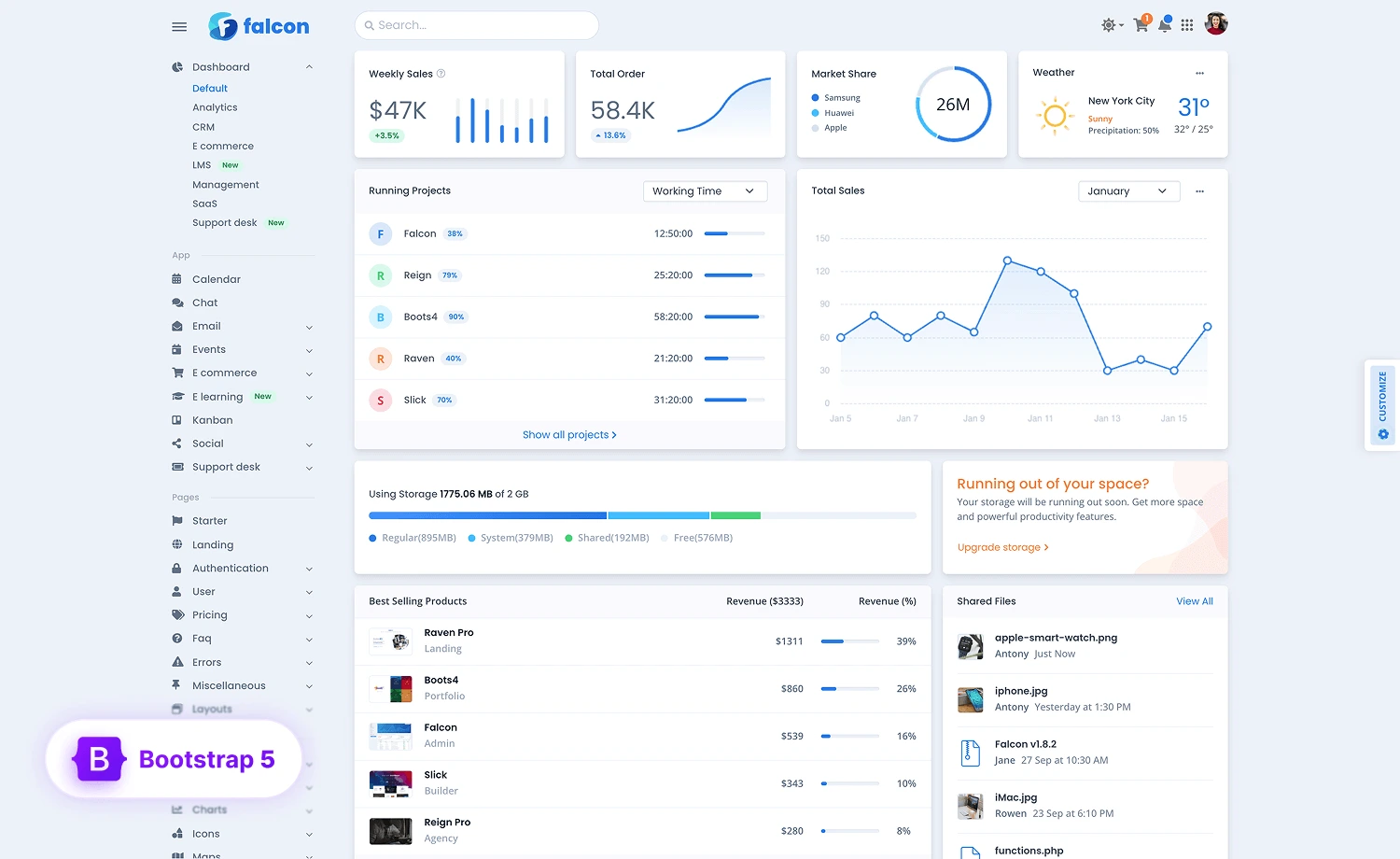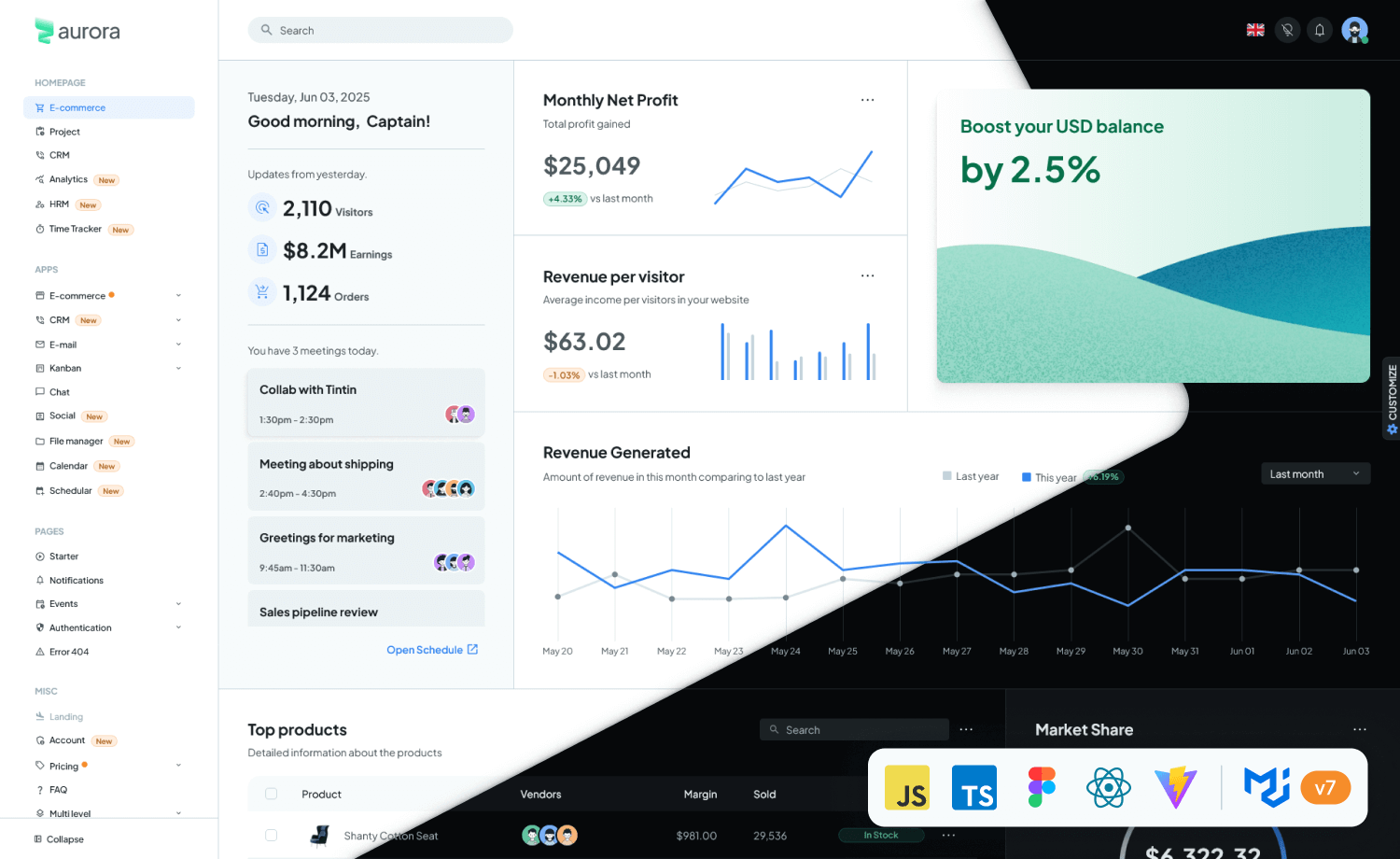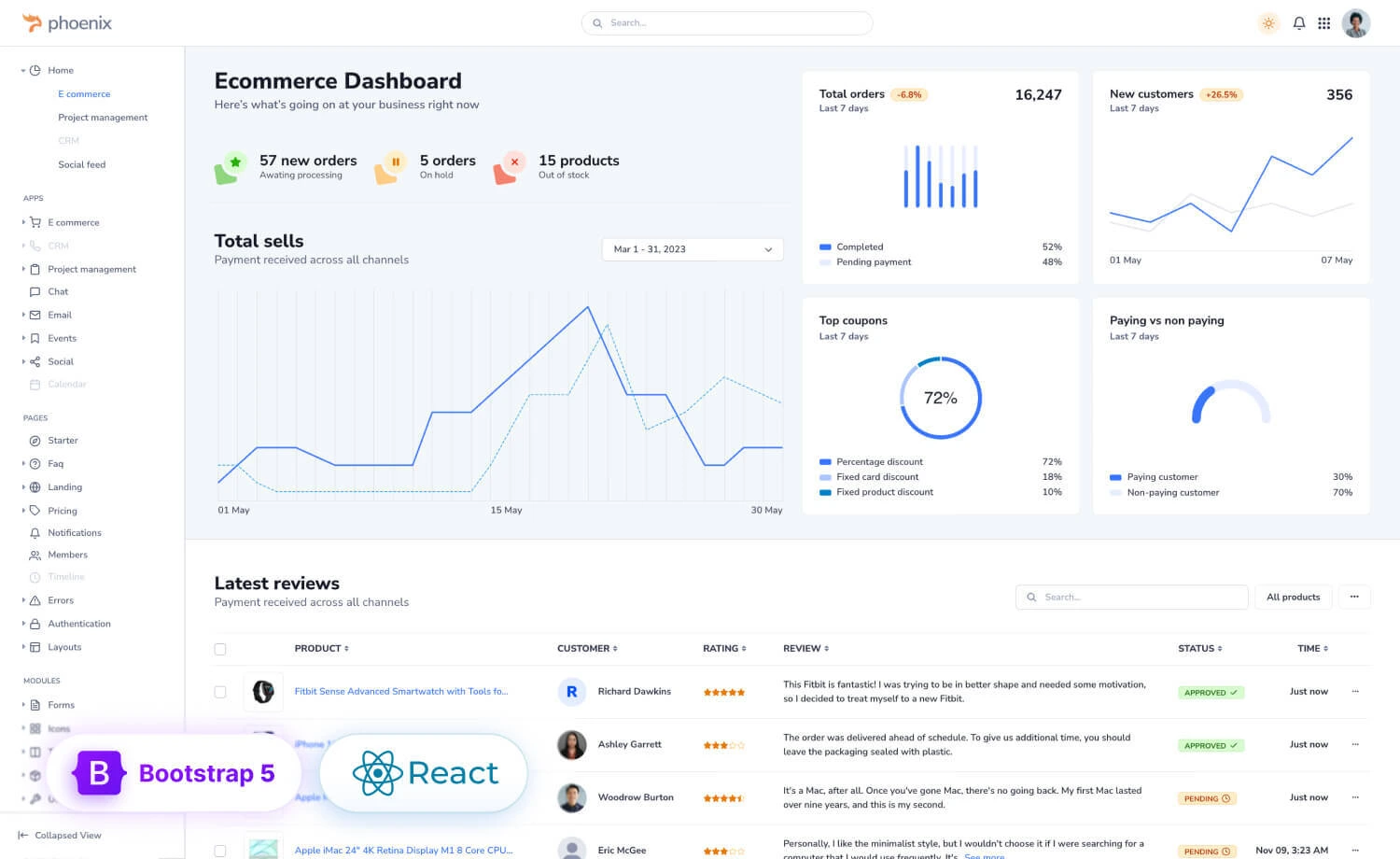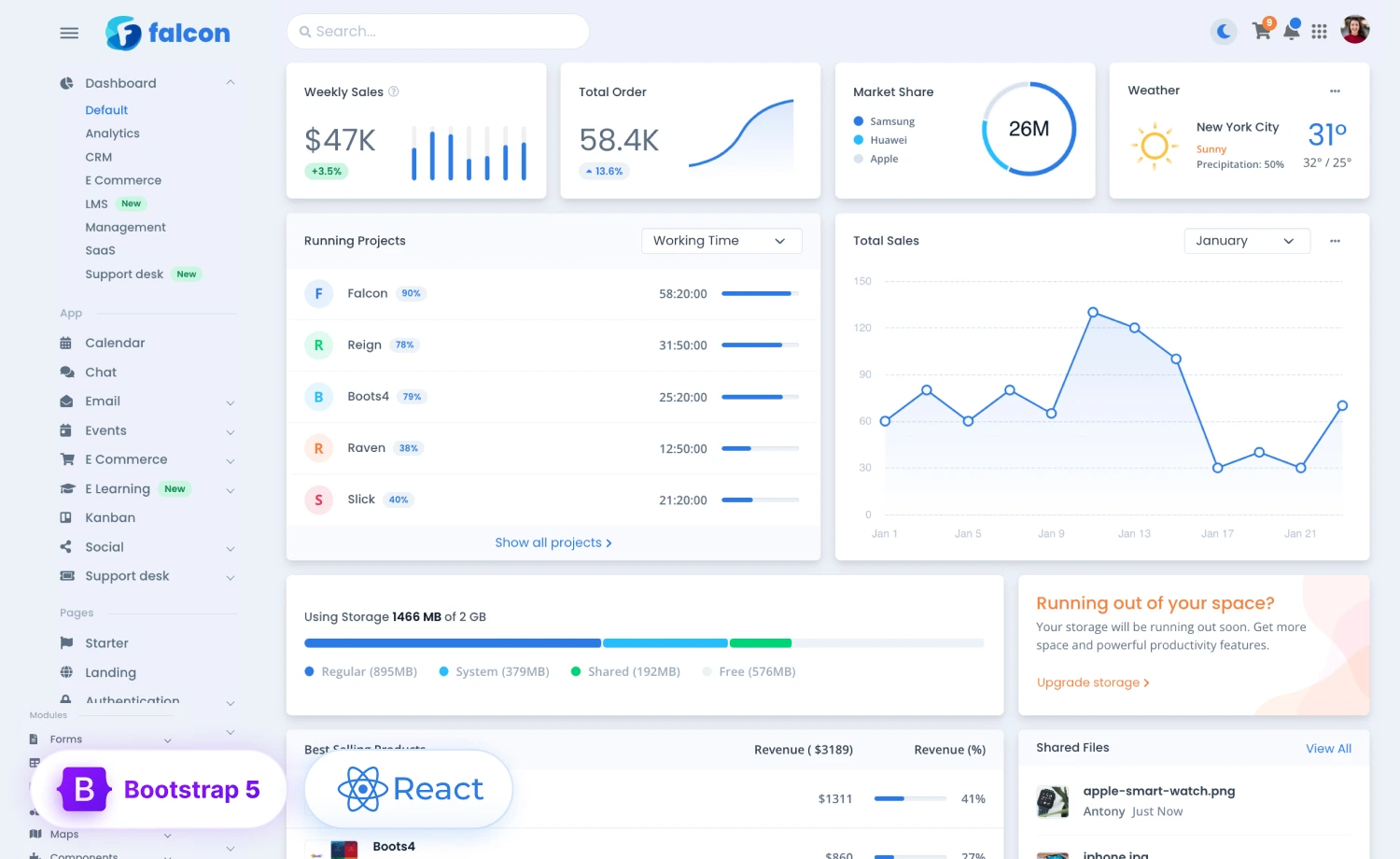As Google’s demand for the finest, user-centric, and authoritative websites grows, the competition online is getting more complex. This inspires business owners to consider new strategies and look for hints and shortcuts to achieve higher rankings in SERPs.
Such a bustle has provoked a debate on using related subdomains as an effective way to boost the main website’s SEO performance. While some online entrepreneurs claim that subdomain SEO has helped them to increase organic traffic on their root domain, others consider employing subdomains a complete waste of time.
This article aims to reveal the rumors about using subdomains. You will also gain an understanding of whether related subdomains can become traffic enhancers and if mastering SEO for subdomains is top-of-mind in your particular case. So, let’s get to it, step by step.
What is a Subdomain, and How Does it Differ from a Domain?
A subdomain is a subset of your website address. In other words, while a domain is your primary site address on the web, a subdomain is an extension of the root domain, helping to organize your website content, consistently separating content sections from the main site, and maintaining an accurate website hierarchy.
For instance, subdomains can help you partition your website’s online store, forum, knowledge base, or support portal sections and feature localized content. A subdomain always sits before the root domain in the URL address and is deemed a separate entity by search engines. To recognize a subdomain in the URL, pay attention to three pivotal parts of the URL address:
- A top-level domain, or TLD, refers to the domain extension you see at the end, for example, themewagon.com, wikipedia.org, kinder.de, etc.
- A Second-level domain, or SLD, points to a website’s unique name. The SLD can mention your brand name, like themewagon.com, or include keywords defining your niche and product or service line.
- A Third-level domain is a prefix that indicates a subdomain, such as support.google.com, help.hotjar.com, store.playstation.com, it.wikipedia.org, cooking.nytimes.com, and more.
As Google treats subdomains as independent websites, their content, website design, and SEO strategy should be unique Therefore, ensure your main website and subdomains are clean and have nothing unusual or restricted that could Google. If you are still trying to determine whether your website has subdomains or how many of them it retains, consider using the SE Ranking Audit Tool to create comprehensive website audits that contain details on your website structure and subdomains.
What are the Benefits of Using SEO for Subdomains?
Businesses often create subdomains for their main websites to enhance their overall website performance in search and boost the outcomes of their SEO efforts. Here are the primary benefits of implementing subdomain SEO practices:
Better Online Visibility and Organic Traffic
Although search engines consider subdomains as different websites, each subdomain contributes to the root domain’s authority, further impacting the overall SEO performance of the preliminary website. Moreover, SEO-friendly subdomain sites can rank in search results independently, which increases their chances of appearing in multiple search listings. Thus, subdomains help to expand a company’s online presence, capture more users, and drive traffic to particular site sections.
Enhanced User Experience and Targeting
Backing up the main domain with subdomains can help businesses improve their targeting and reach specific regions and audiences. It sweetens the user journey, empowers tailored marketing campaigns, and facilitates the promotion of certain products or services, as companies can develop custom site designs, landing pages, and content that meet the needs and preferences of their target segments, depending on the serving area. For example, the Airbnb domain has country and language-specific subdomains for precise audience targeting.
Testing New Initiatives
Creating separate site entities with SEO for subdomains in mind means you don’t need to redo your existing website when signing off on new ideas or testing experimental projects. Subdomains allow you to gather data, try new design concepts, experiment with content management systems, and more. The main goal here is to block search indexing of your subdomain correctly so that it doesn’t dilute your root domain authority.
Straightforward Navigation and Pro Content Structuring
Subdomains help to organize content by its volume, purpose, and category and divide it into logical sections that don’t hinder each other, significantly helping users and search engines to navigate the information. Thus, users can seamlessly fulfill their search intent while search engines can better understand the purpose of the content to effortlessly index and crawl the website.
To illustrate, Starbucks has different subdomains like stories.starbucks.com, customerservice.starbucks.com, apacbenefits.starbucks.com, alumni.starbucks.com, etc. Each subdomain has a unique interactive web design and serves a particular purpose.
Top Strategies for Mastering SEO for Subdomains
When considering SEO and subdomains, remember that your primary domain and specific subdomain should be different websites with unique SEO strategies. Otherwise, you may get in trouble with both sites. See below how to master your SEO for subdomains to evade Google penalties and save your primary domain rankings.
Profound Technical Setup
First and foremost, you must choose between subfolders and subdomains, as they are completely different options. While the subdomain allows you to create a separate site entity not directly associated with the root domain, the subfolder or subdirectory is a part of your main domain affecting its rankings and performance.
Both subdomains and subfolders have their own advantages, disadvantages, and considerations, so you should select one depending on your website needs. For example, a subfolder keeps the link juice, domain authority, and backlinks intertwined with the root domain. Nevertheless, surpassing subfolder layers can make the URLs everlasting, diminish the user experience, hamper search engine crawling, and more. So, you need to decide what to use carefully to ensure you get more benefits than drawbacks.
To help you address the elephant in the room, consider using subdomains instead of subfolders if your main domain has too much content to manage on a single website. For example, subdomains are perfect for:
- Splitting customer support and knowledge base portals,
- Highlighting different service regions,
- Selling goods in addition to the primary product or service line,
- Hosting company events.
In fact, subdomains can also be implemented for blogs, for example, blog.ted.com, blog.google, blog.adobe.com or news.airbnb.com. Holding the blog on the subdomain helps brands to maintain a clear balance between the original product or service offerings and valuable content to pique the audience’s curiosity.
However, this strategy is good if you want to grow niche-specific authority or plan to run a huge content campaign that won’t take place in the general website hierarchy and requires a separate path. In all other cases, it is better to hold your blog as a subdirectory of your website.
Secondly, ensure a separate robots.txt file and XML sitemap for each subdomain. These are essential for correct and accurate website accessibility, crawling, and indexing. The robots.txt file requires proper configuration to notify crawling bots of which pages to enter and omit, while the sitemap informs search engines about the page structure on each domain.
Thirdly, nudge towards the hreflang tag to indicate the language and Geo of each subdomain if you have several of them targeting various regions. It will help you to correctly emphasize your subdomains to search engines so that they will show the most relevant subdomain to users according to their location and language preferences.
In addition, consider interlinking your subdomains with the main domain to ensure seamless and user-friendly navigation and provide extra opportunities for all your sites to boost their online visibility and authority. Although Google will regard these links as external, and not internal, linking your subdomains with the primary website can still help share link juice and page authority from each subdomain to the primary domain.
To get the most out of SEO for subdomains, make sure each subdomain is mobile-friendly and has a valid SSL certificate contributing to the site’s secure data transmission. As Google prioritizes websites with HTTPs encryption over general HTTP sites and is sharpened for mobile-first indexing, having a mobile-ready subdomain with secure connections will also help improve your subdomains’ search rankings.
In-Depth Keyword Research and Content Strategy
Results-driven SEO and subdomains optimization are only possible with a decent content strategy empowered by comprehensive keyword research. As each subdomain should have unique content, it is vital to delve into relevant keyword selection. In point of fact, subdomain SEO is a goldmine allowing you to fill in the gaps in your primary website search engine optimization strategy.
Thus, you can analyze your website, compare it to your online competition to define missing keywords and prepare a hefty list of lucrative long-tail keywords to implement within the pages of the subdomain. By doing so, you can cover more unique keywords in your niche, achieve better rankings, and expand your domain authority.
For example, if you want to create a subdomain to sell merchandise competing with clothing brands, consider analyzing your niche competition to find keywords your main domain doesn’t cover. The screenshot below illustrates profitable keywords to use in this case.
Wise Link Building
To master SEO for subdomains, consider link-building as an essential strategy to incorporate. Since Google treats each subdomain as a separate autonomous website, you need to build a robust and original backlink profile for every particular entity, as the link juice of your primary domain won’t impact the subdomains’ authority.
Relevant backlinks to the subdomain can boost its authority and online visibility, enhance its ranking potential, and grow brand exposure. Moreover, as subdomain link building is narrowed to special topics and niches, you can reach accurate websites and influencers for authoritative link acquisition.
Therefore, strive for personalized outreach, choose quality over quantity, and consider designing a unique backlink strategy for each subdomain to make sure the obtained backlinks fully correspond to the subdomain topic. Additionally, enrich your subdomains with premium, human-written, SEO-friendly, and user-centric content to encourage other niche-related sites to naturally enhance your backlink profile.
Precise Monitoring and Analytics
Tracking SEO results for subdomains is essential to evaluate their progress and overall performance. Consider keeping track of critical performance metrics like organic traffic, rankings, user behavior, and conversion rate for every subdomain you manage. It will help you to monitor the benefits and drawbacks of your strategy and promptly adjust the sites. Furthermore, implement A/B testing regularly to understand areas for improvements and make more informed optimization decisions.
Also, use Google Search Console and Google Analytics to observe performance and analytical data. The latter will track your entire website, yet you can configure the filters and goals to obtain reporting on your subdomains. To use Google Search Console, you should create and verify the property for each subdomain. To do so, sign in to your account, navigate to adding a new property, add the domain or URL prefix of the property, and verify it, completing the steps from the list.
SEO and Subdomains: Potential Challenges and Considerations
SEO for subdomains is not rocket science, yet it requires precise attention to detail and an exceptional strategy. Let’s briefly discuss the most common complications that may arise when dealing with subdomain SEO.
The first challenge you may face is keyword cannibalization and duplicate content issues. The problem occurs when trying to push your subdomain and primary domain content for the same keywords and using identical content on multiple pages. To address duplicate content and keyword cannibalization, plan and distribute content carefully, create original content for each subdomain, employ unique keyword targeting, and use the rel=”canonical” tag to guide search engines on what pages to prioritize.
Another complication may occur with the managing and maintenance of multiple subdomains. As every subdomain requires separate performance optimization and content planning, it may take time, distracting you from monitoring and enhancing your primary domain. Moreover, holding multiple subdomains may require additional hosting capabilities so that all sites perform properly. Therefore, go above and beyond to ensure thorough coordination and planning, as it is the only effective way to maintain multiple subdomains smoothly.
Summary
Indeed, the game is worth the candle, as creating subdomains for SEO can boost your rankings and domain authority. However, before getting started, you should:
- Evaluate if a subdomain is an option for your primary domain,
- Understand the goals and objectives a subdomain can help you achieve,
- Define the approach to succeed with SEO for subdomains.
If all of the above is clear, be consistent with your subdomain optimization and create a robust and content-rich website that will bring real value to your root domain, empowering your overall SEO efforts.
